The gateway to the Arctic

If you’ve ever thought it was getting increasingly difficult to find a public phone box in the age of mobiles – you’d have to dig deep for this one in Tromsö. (Or has Dr. Who landed a new-look tardus a little too deep? Apologies if you do not understand this reference). Yes, I have indeed arrived in the Arctic circle town, 2 hours flight north of Oslo. It’s actually an island, linked to the mainland by a fairly spectacular bridge.

Tromsö is nicknamed the “gateway to the Arctic“. Traditionally, that has been the case especially for polar explorers, scientists and fishermen. With the climate warming, it’s likely there will soon be all sorts of others heading through the gate in search of oil, gas or mineral riches…. But let’s leave that for later. The Arctic Frontiers conference officially starts tonight. I thought I’d set the scene for you before I head off to the ceremony.

We left Oslo this morning in beautiful weather, a pleasant (for ice-blogger types) minus five, sunshine on snow. By the time we got up north (well it is January and we are in the Arctic circle), there was so much snow falling on the runway we had to circle for half-an-hour while they got it swept again. Yes, I had a very guilty conscience about the emissions we were producing.

It was a great day for snow ploughs. I watched this little one through the window, keeping the harbour walk reasonably clear for pedestrians – and handily dumping the white stuff into the sea.

Still snow on the gangway though. I don’t expect those boats are going anywhere today.

Tromsö itself is quite picturesque, with a lot of these 19th century wooden buildings.

And if you’re into building snowmen, clearly it’s a great place to be.
Even if the weather outside looks pretty much as you might expect here at this time of year – more on the warming of the Arctic and what the politicians, scientists and locals here are saying about it tomorrow.
Alarming news on Greenland ice sheet

I was just preparing material for my trip to the Arctic Frontiers conference in Tromso this coming weekend when a press release came in headlined “new melt record for Greenland ice sheet”.
A study sponsored by WWF Arctic, the US National Science Foundation and NASA has been examining surface temperature anomalies over the Greenland ice sheet surface and estimates of surface melting from satellite data, observations on the ground and models. Dr Marco Tedesco, Director of the CryosphereProcesses Laboratory at the City College of New York , is quoted as saying the past melt season was exceptional, “with melting in some areas stretching up to 50 days longer than average”. It seems melting in 2010 started exceptionally early – at the end of April – and ended quite late in mid-September, says Tedesco. Amongst the other results of an article just published by Tedesco and others in Environmental Research Letters are that summer temperatures were up to 3 degrees C above the average in 2010, combined with reduced snowfall. Nuuk, the capital of Greenland, “had the warmest spring and summer since records began in 1873”.
The study indicates that bare ice was exposed earlier than the average and longer than previous years.
“Bare ice is much darker than snow and absorbs more solar radiation”, says Tedesco. “This means the old ice is warming, melting, and running off into the sea”.
Melting of the Greenland ice sheet is expected to be a major contributor to projected sea level rises in the future.
WWF’s climate specialist Dr. Martin Sommerkorn said sea level rise was expected to top one metre by 2100, largely because of melting from ice sheets.
All of this does not surprise me. I am intrigued to hear what the Arctic specialists will have to report at the Arctic Frontiers meeting – and what the politicians attending the political part of the forum will have to say.
Arctic oil exploration 2015 – a changing climate?

(Frozen over Chukchi Sea)
Did it make you sit up and listen when you heard that particular little item of news? You could be fogiven if you missed it, hidden away in the business news somewhere. BP and the Russian state oil company Rosneft have signed an agreement which will let them join forces to exploit the oil and gas resources of Russia’s Arctic region – and the date envisaged is 2015.
With the Gulf of Mexico disaster just nine months past, I’d say there is every reason to be concerned about the fragile Arctic environment.
And the increasing interest, not just in this particular case, seems to me a clear indication that the climate is changing – and some of those changes are coming fast.
From this weekend onwards, I’ll be looking into the situation of the Arctic in particular at the Arctic Frontiers conference in Tromso, in Arctic Norway. I’ll keep you posted on what the politicians, scientists and environmentalists are saying.”Arctic Tipping Points” is the title of this year’s Arctic conference. It looks as if they might not be as far in the future as people once thought.
2010 ties for “warmest year on record”

(Greenland 2009)
NASA’s Goddard Institute for Space Studies (GISS) has released figures confirming that 2010 tied with 2005 for the warmest global surface temperatures ever recorded. According to the analysis, the next warmest years are 1998, 2002, 2003, 2006 and 2007.The GISS records go back to 1880.
“If the warming trend continues as is expected, if greenhouse gases continue to increase, the 2010 record will not stand for long”, says the Institute’s director James Hansen.
NASA says their temperature record is a close match with those of others, independently produced, including the UK’s
Met Office Hadley Centre
and the National Oceanic and Atmospheric Administration’s National Climatic Data Center.
Hansen says the records show a rise in temperature over the last ten years in spite of year-to-year fluctuations associated with the El Nino – La Nina cycle of tropical ocean remperature. There is also a possibility that the cold spell which had us diving for the snow shovels here in northern Europe could have been influenced by the decline of Arctic sea ice and linked to warming temperatures at more northern latitudes. The sea ice helps insulate the atmosphere from the ocean’s heat.
The GISS experts say winter weather patterns are “notoriusly chaotic”. Well, climate is certainly a complex business. But whatever way you look at it, it looks like we all have our work cut out for us to have any chance of halting the worrying upward trend in temperature.








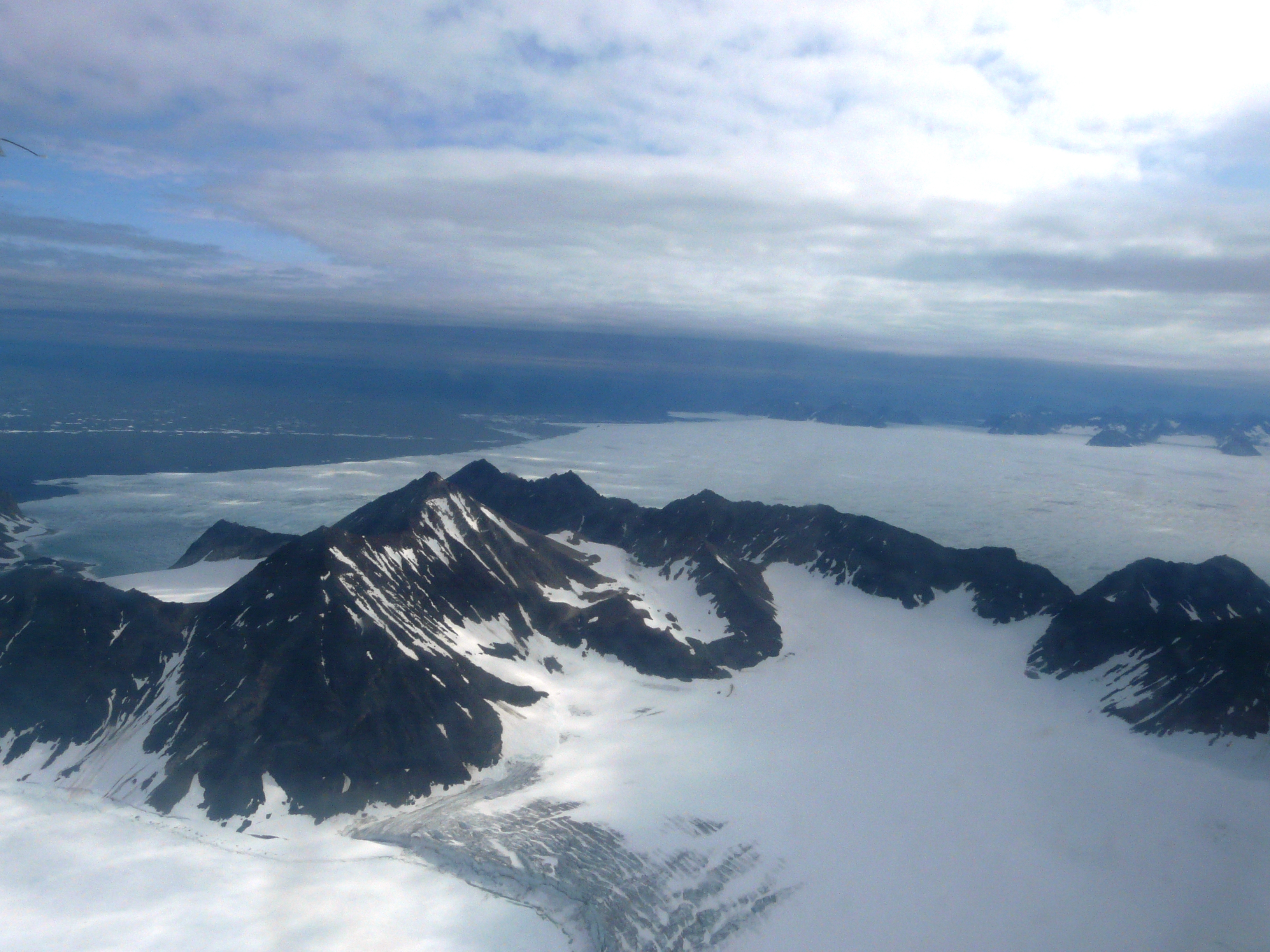
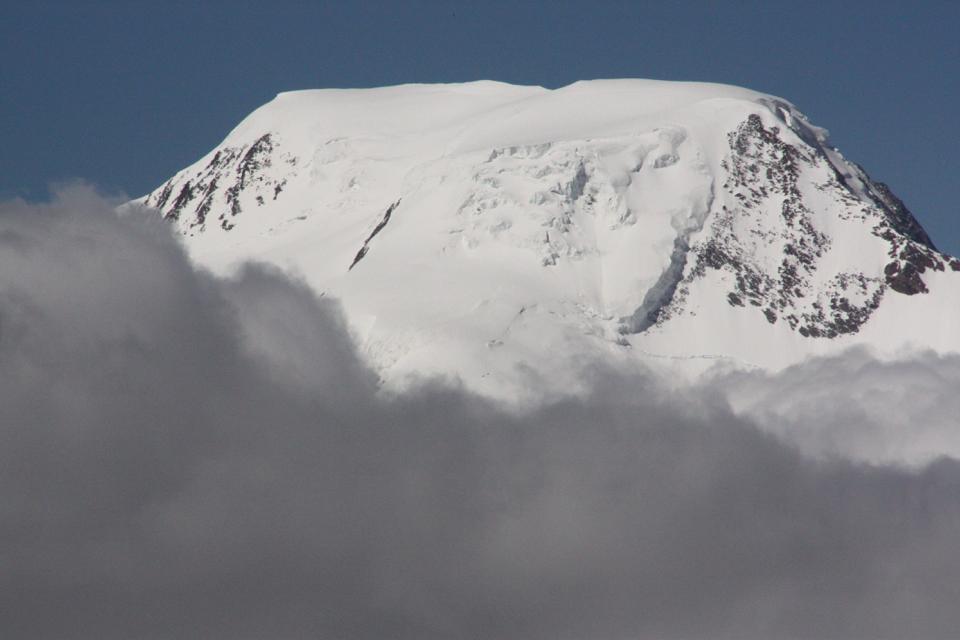
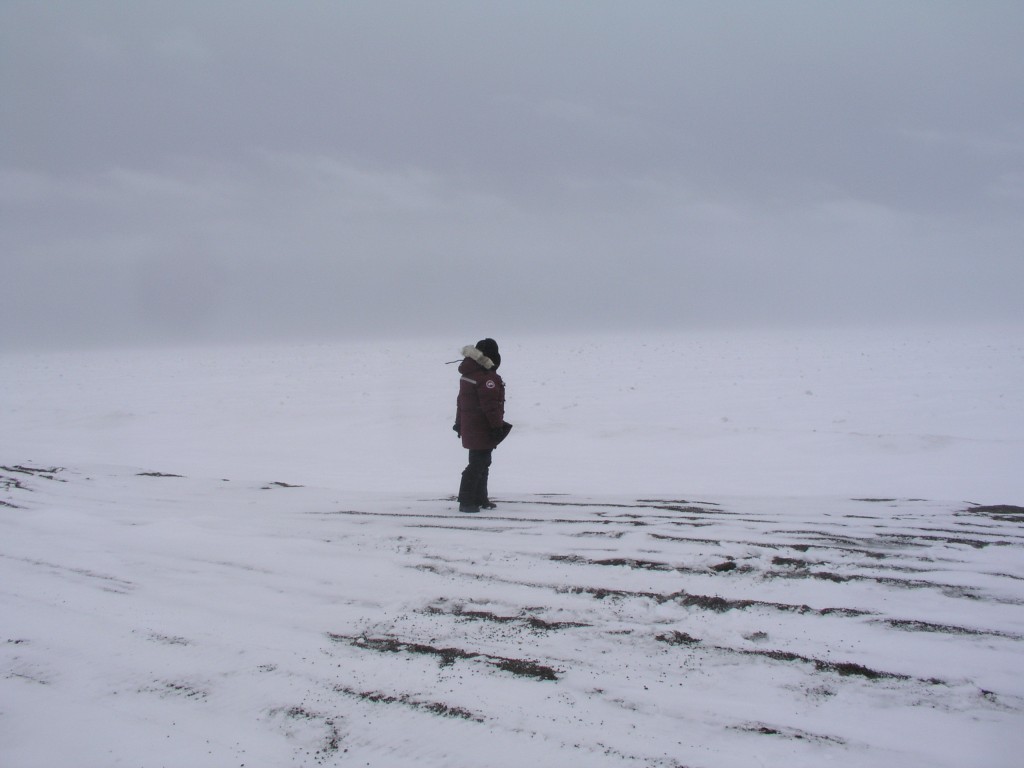
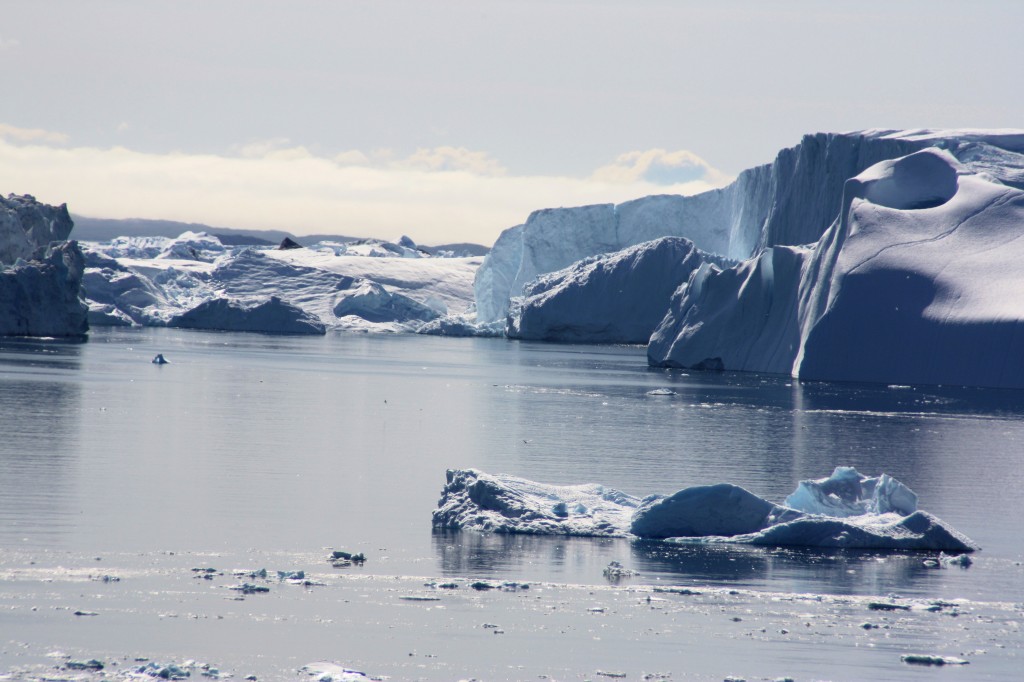
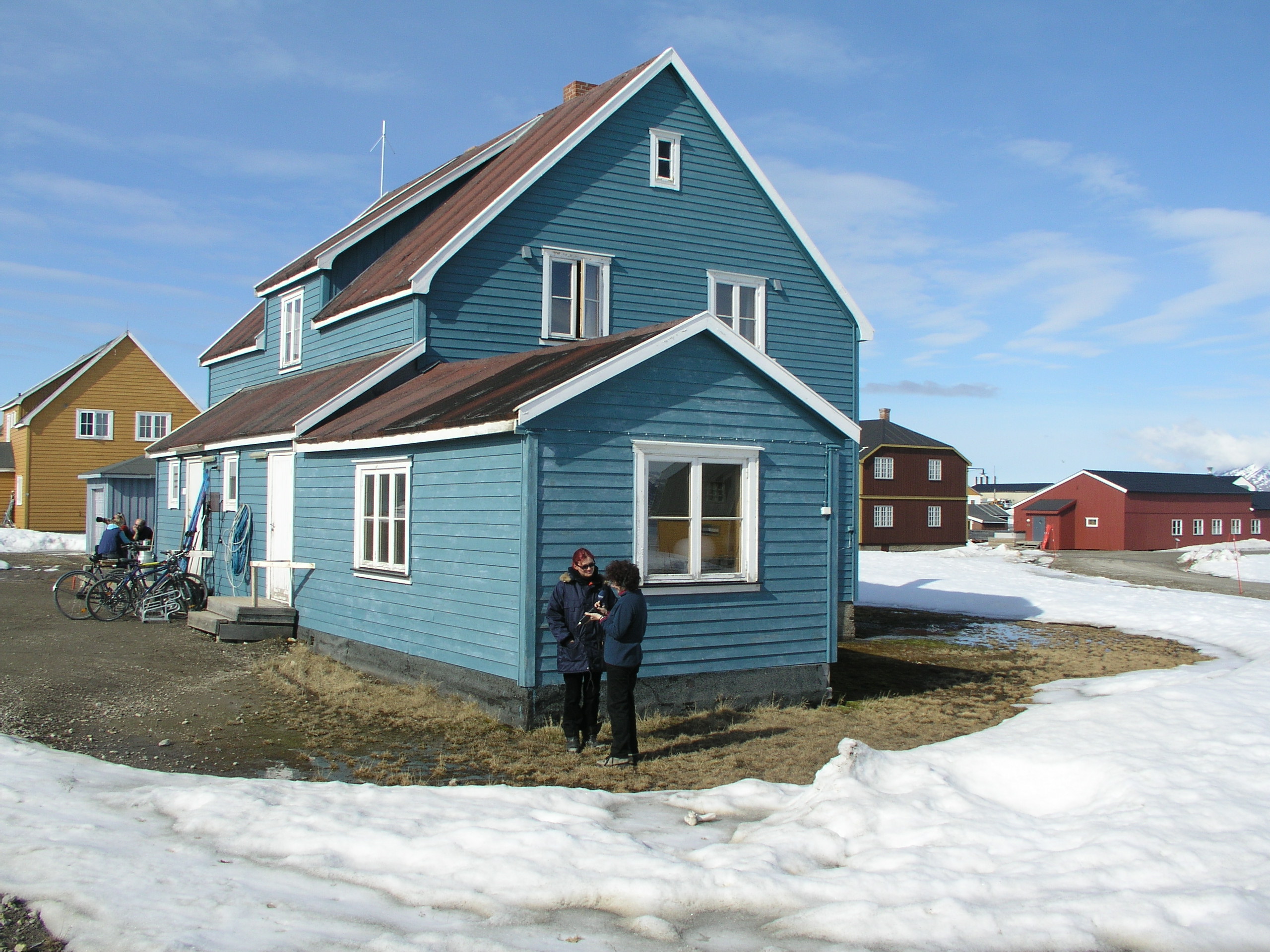
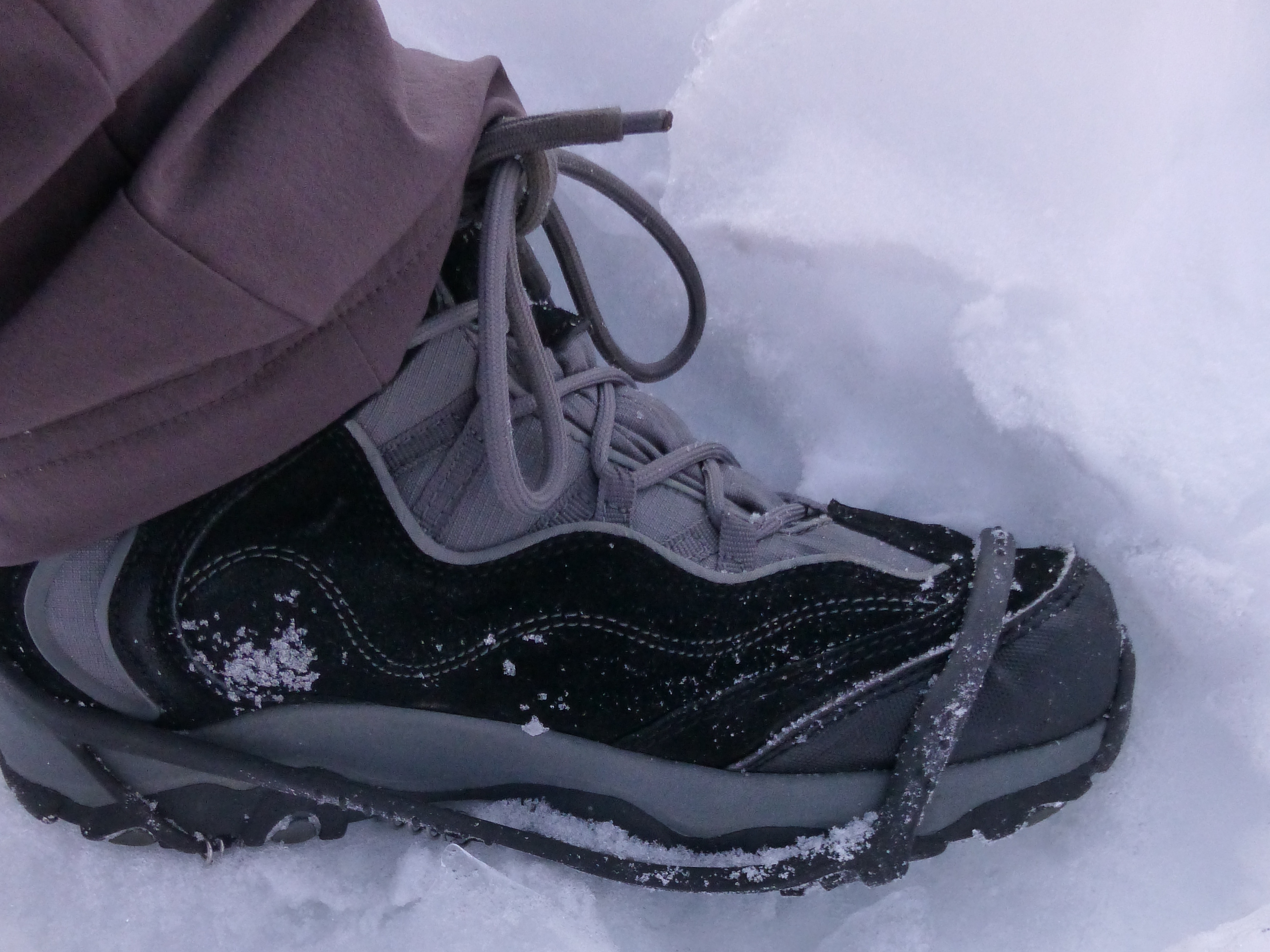
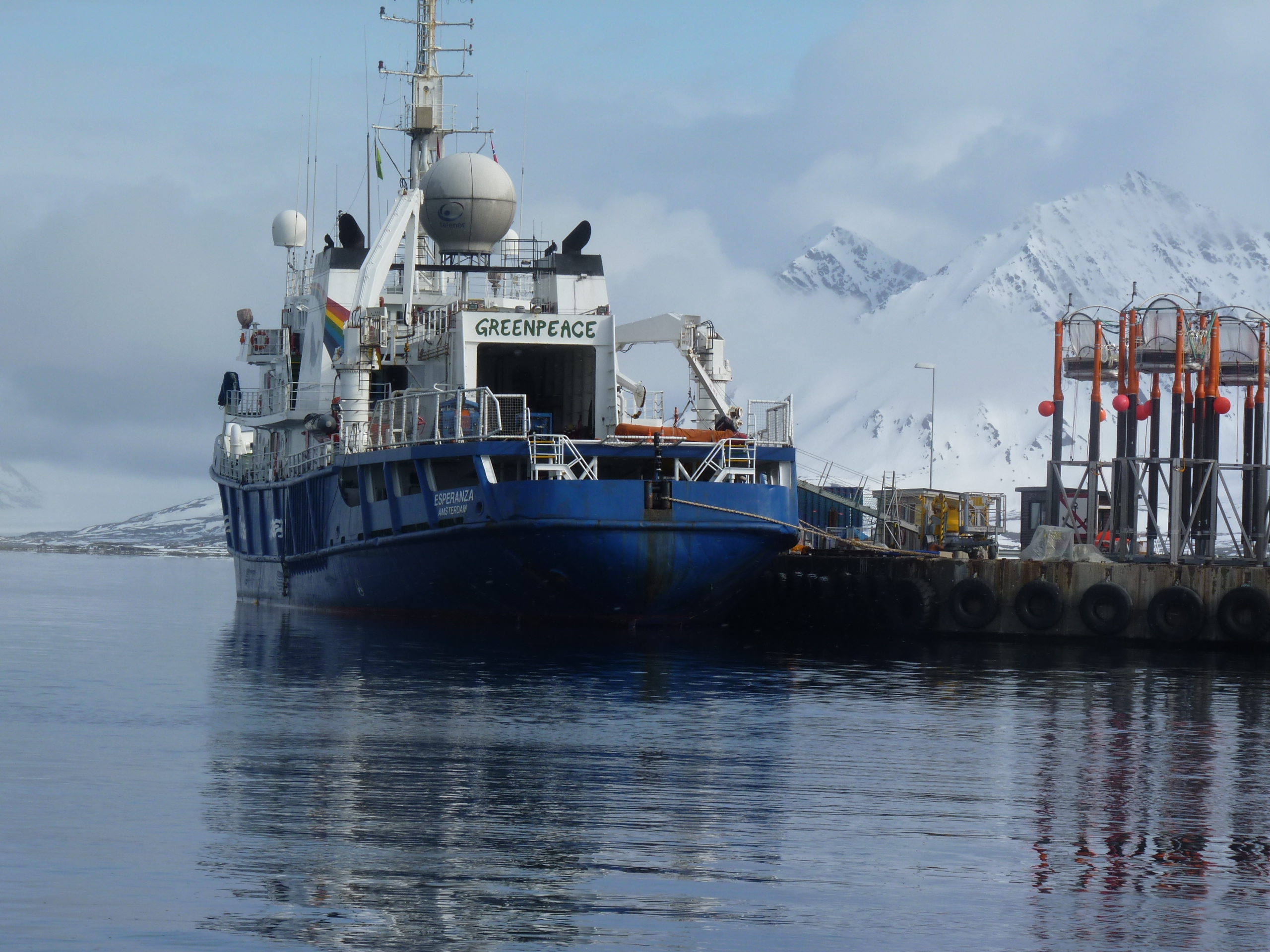
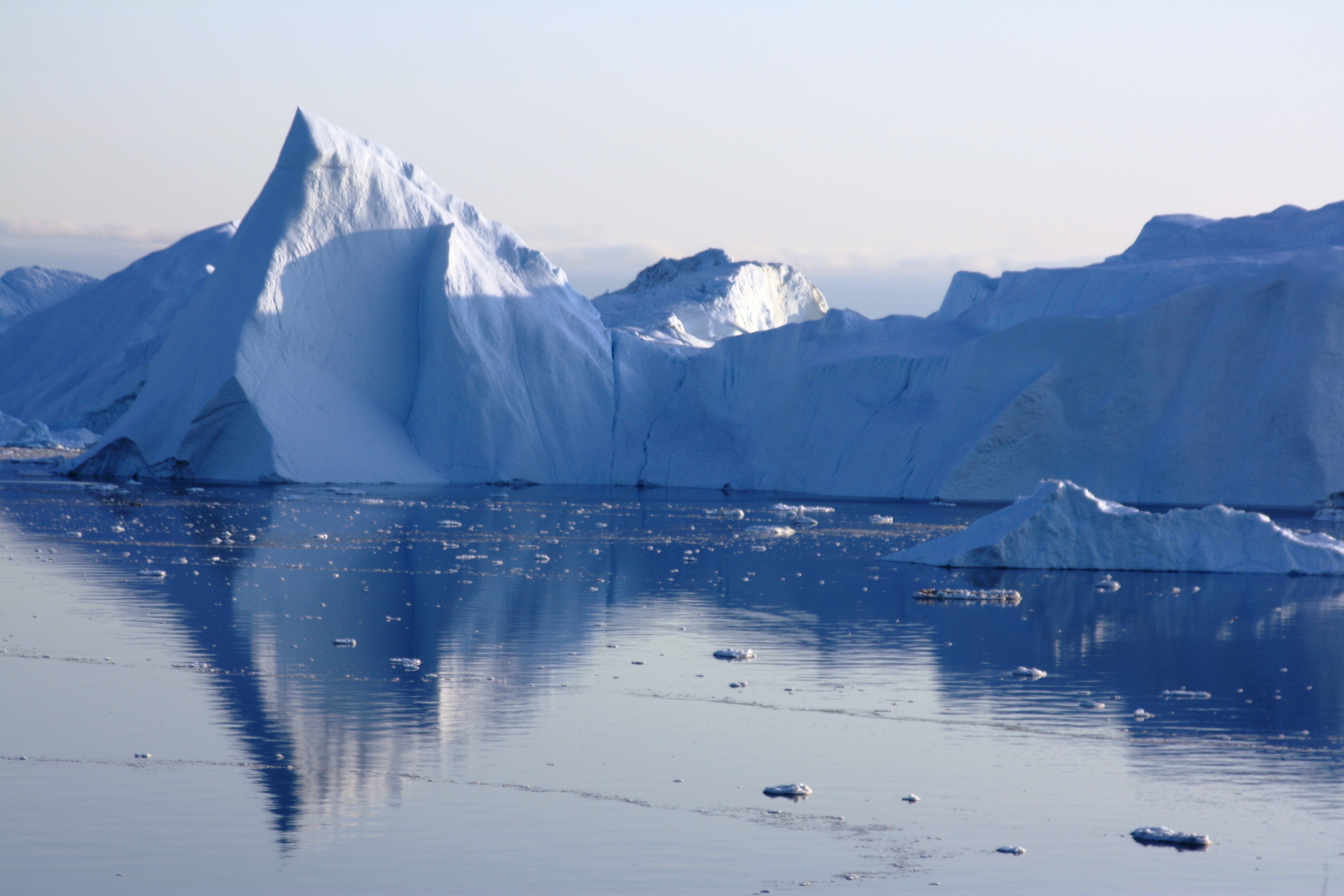
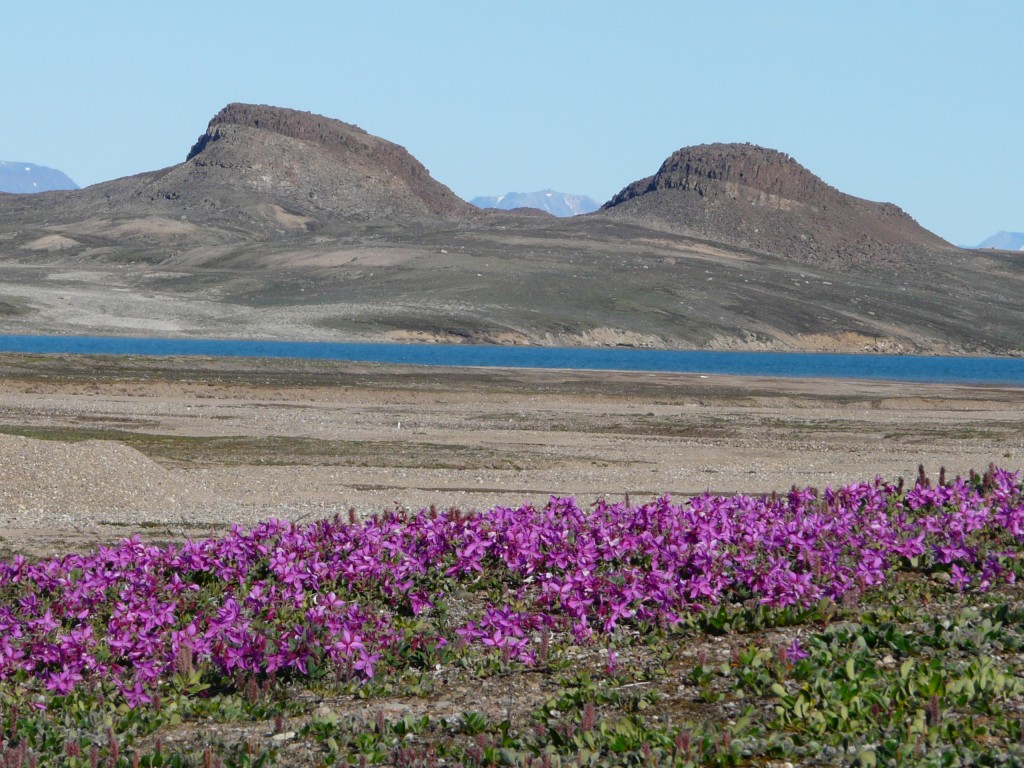
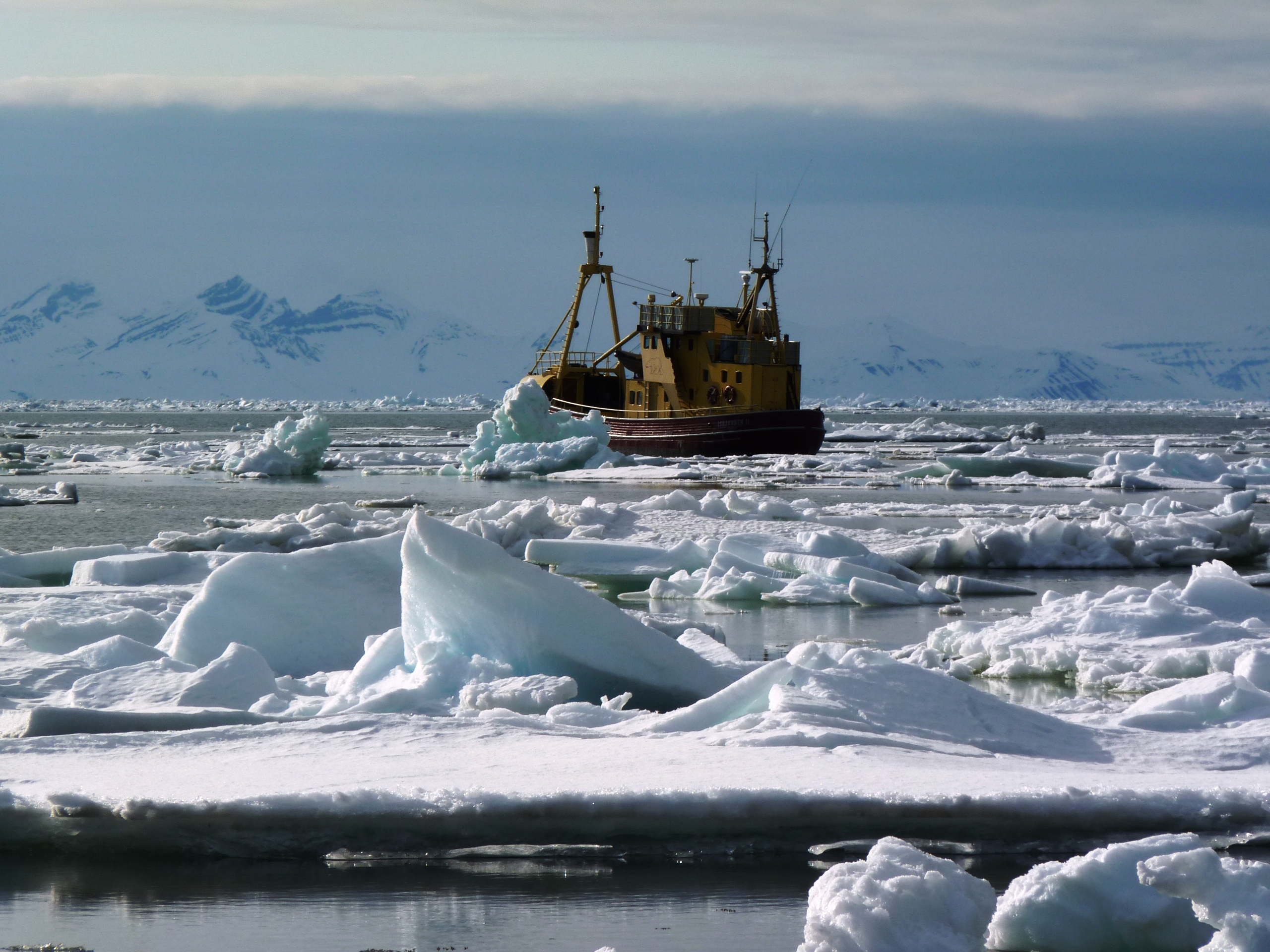
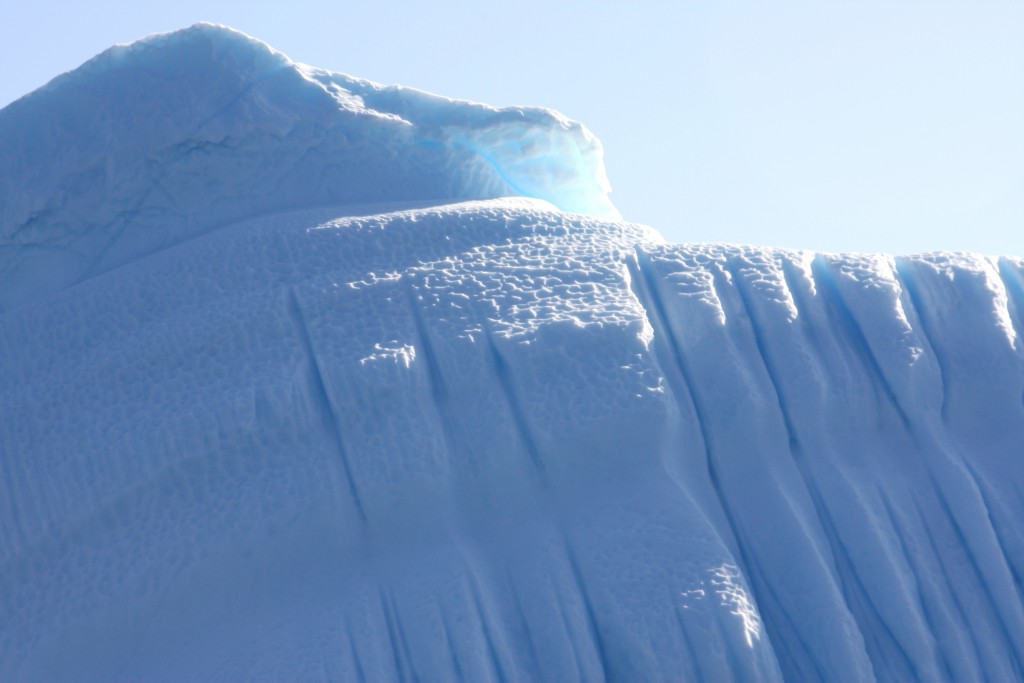

Feedback